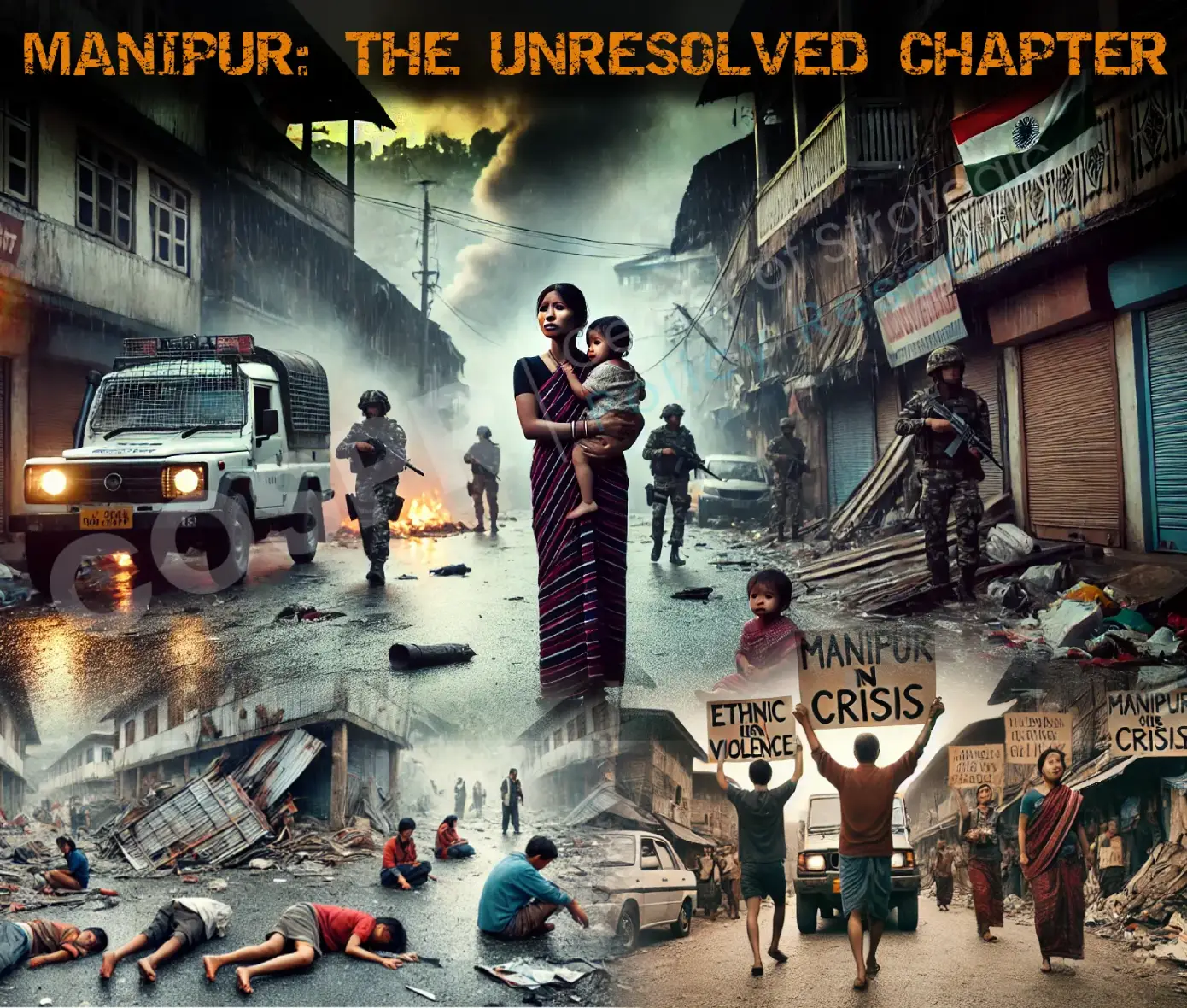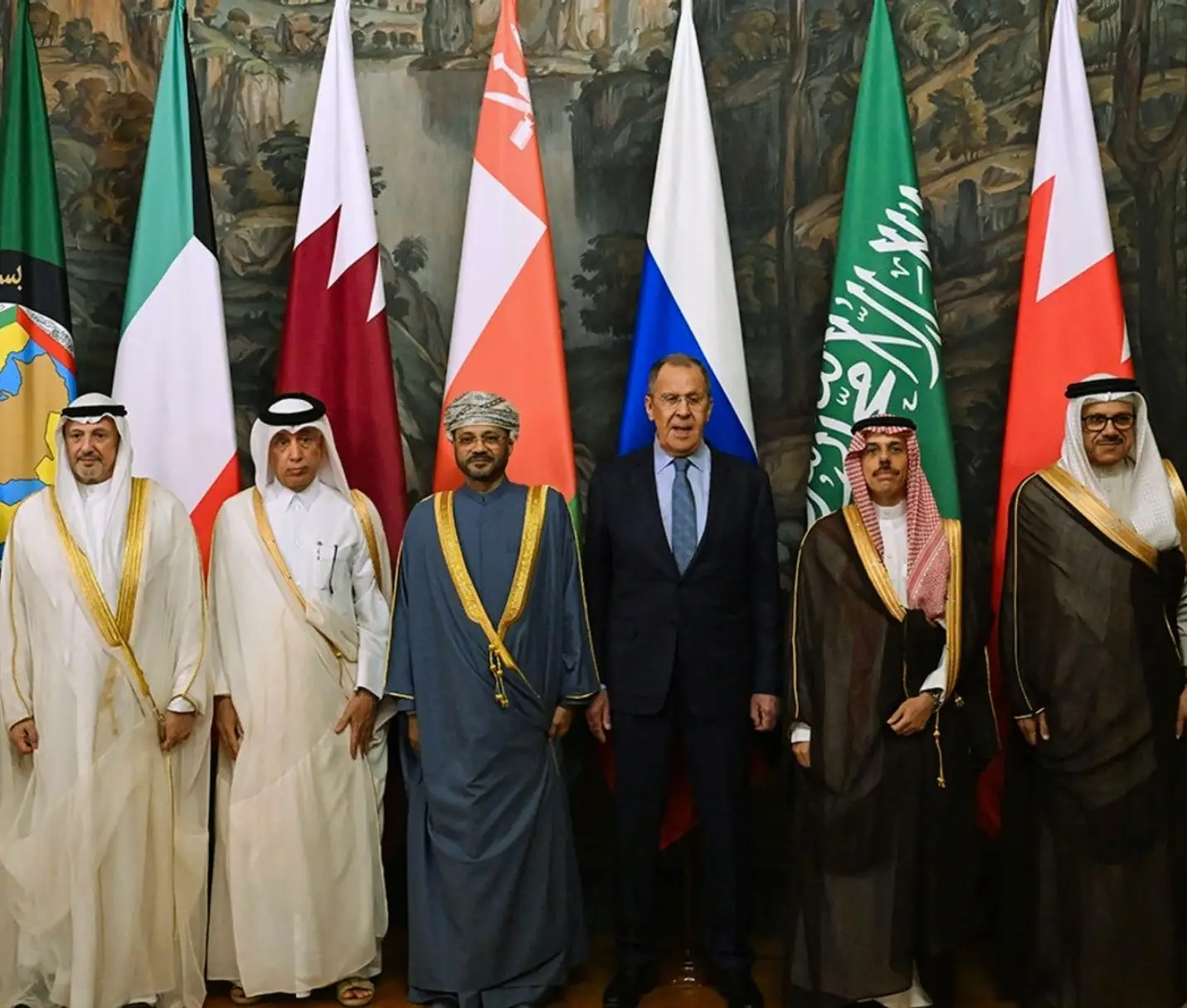Since May 2023, the northeastern Indian state of Manipur has been engulfed in ethnic violence between the majority Meitei community and the minority Kuki-Zo tribes. This conflict has resulted in over 250 deaths and displaced at least 60,000 people.
The violence erupted on May 3, 2023, following protests by tribal communities against a Manipur High Court order that granted the Meitei community certain benefits, including land ownership in protected areas and quotas in government jobs and college admissions. Such affirmative action is typically reserved for tribal groups to address historical inequities.
As of November 2024, official reports indicate that 258 people have been killed, and approximately 60,000 individuals have been displaced due to the ongoing violence. Additionally, over 1,000 people have been injured, and 32 are reported missing. The conflict has also led to the destruction of 4,786 houses and 386 religious structures.
Ethnic identity is not something that is passed down genetically; it is something we create as a society, when it fractures, the consequences can be profound. The ongoing ethnic conflict in Manipur, India, epitomizes a complex amalgamation of historical grievances and socio-political machinations that culminated in a cataclysmic outbreak of violence between the Meitei and Kuki-Zo communities. Despite the eruption of this turmoil being starkly evident in May 2023, the antecedent tensions trace back to a protracted legacy of discord. Manipur’s demographic tapestry, woven with a predominant Meitei population of approximately 60% largely inhabiting the fertile lowlands contrasts sharply with the myriad tribes, primarily the Kuki-Zo and Nagas, that inhabit the surrounding hills.
Similarly, the crux of dilemma lies in the contentiousness over land, tribal rights, and state power, exacerbated by a perception of systemic bias towards the Meitei, particularly after the Bharatiya Janata Party (BJP) ascended to power. This political ascendancy, perceived favorably by the Meitei, engendered intensified calls from Kuki-Zo for a separate federally administered Union Territory, driven by fears of losing their cultural identity and territorial integrity. The fracas reached a critical juncture during a tribal solidarity march on May 3, 2023, which was catalyzed by a judicial ruling favoring the Meitei’s bid for Scheduled Tribe status an entitlement that would afford them considerable protections and quotas within governmental frameworks. Such a designation, alarmingly perceived by Kuki-Zo as a stratagem to encroach upon tribal lands, precipitated violent confrontations to influence fragile inter-ethnic relations within the region. Moreover, this perfidious cycle of violence has emboldened militant factions on both sides and complicated the landscape of animosity and perpetuated potential conflict. The entrenched existence of armed groups reflects not only a militarization of ethnicity but also an unyielding quest for political representation and autonomy within a framework perceived as alien and oppressive. Amidst this turmoil, prevailing perception of governmental bias has engendered a deep-seated distrust among Kuki-Zo, who feel marginalized in their quest for autonomy and security.
In light of these vexing dynamics, the imposition of President’s Rule by the central government offers a pivotal juncture for intervention. It is incumbent upon New Delhi to adopt a more proactive stance with initiation comprehensive disarmament strategies and facilitating an inclusive peace dialogue that considers multifaceted interests of both communities. Therein lies an opportunity to establish a diversified peace committee that authentically represents the voices of both communities to ensure path toward reconciliation and addressing the root causes of discontent rather than merely mitigating the symptoms of ethnic strife. Ultimately, the Manipur conflict serves as a salient reminder of the perilous consequences of ethnic discord. While recent measures may have temporarily subdued the violence, the specter of a protracted conflict looms ominously unless there is a concerted and comprehensive effort to engender genuine understanding and cooperation between Meitei and Kuki-Zo communities. If left unaddressed, the potential ramifications extend far beyond Manipur and would likely threaten and exacerbate ethnic divides in the broader region and would destabilize the precarious equilibrium of socio-political relations within India.






